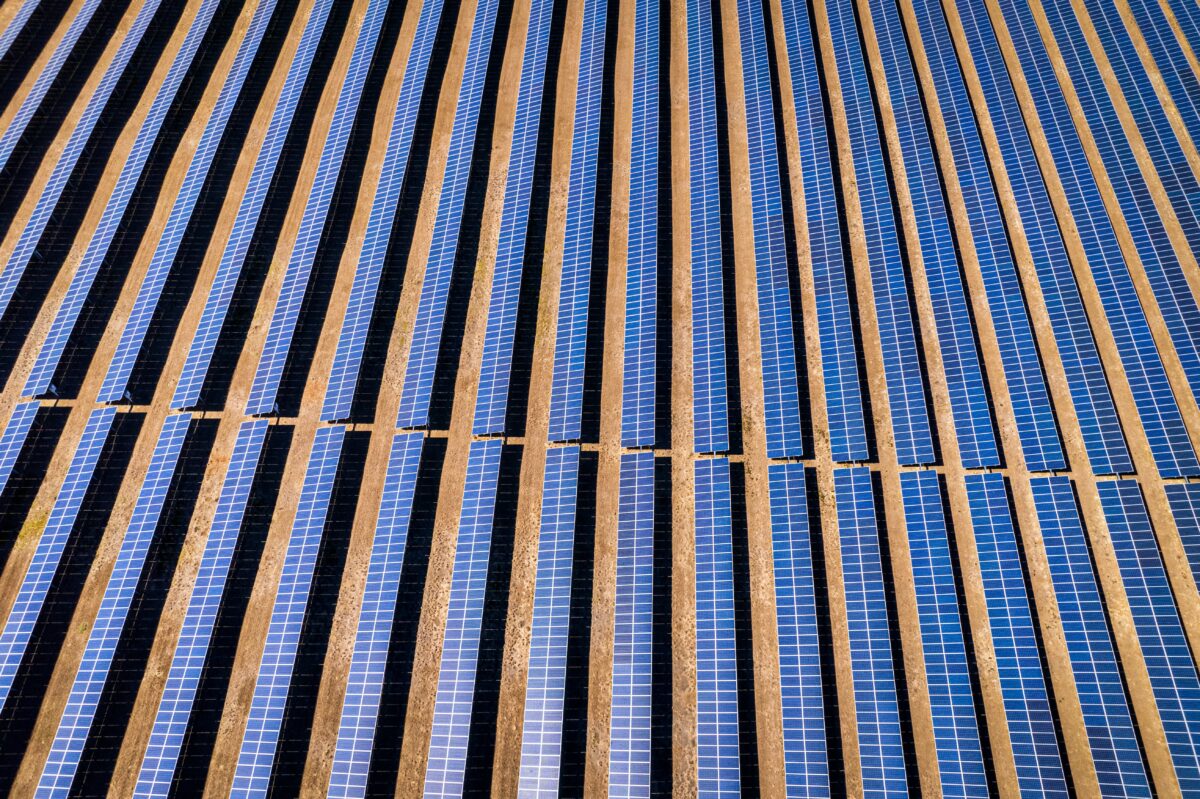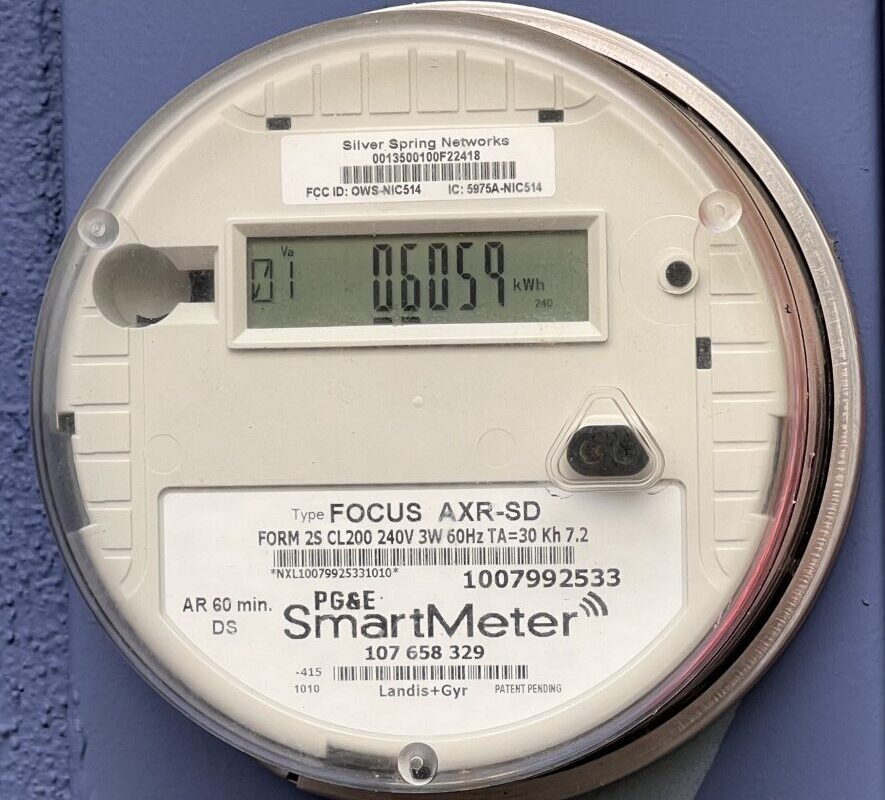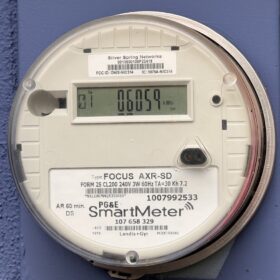Despite anti-renewable energy rhetoric in Washington, the country’s largest electricity consumer by far, Texas, generates a huge portion of its electricity with wind and solar power.
This year through June, solar and wind have generated 40.2% of the electricity demand in the Electric Reliability Council of Texas (ERCOT) grid region, which serves about 90% of the demand in Texas, said a report from the Institute for Energy Economics and Financial Analysis (IEEFA).
“Wind power is still the largest component of renewable generation in ERCOT, but much of the recent growth in the state that consumes the most electricity in the U.S., is due to the rapid buildout of utility-scale solar across the system,” said the report.
Through the first six months of this year, solar generation reached over 31 million MWh, more than double the amount in the same period two years ago. Year-to-date, solar’s share of total generation in ERCOT stands at 13.3%.
IEEFA noted that solar generation topped coal in three months in 2024, which was a first for ERCOT. For the entire year, coal exceeded solar by 10 million MWh, but that may change in 2025.
“This year, there is a good chance solar generation will top coal for the entire year, even though coal output is up due to higher gas prices,” said the report.
Another key gauge of performance as a reliable resource is solar’s ability to serve the grid during hours of peak electricity demand. IEEFA began tracking peak demand performance in June 2023, when it found that solar provided 9,773 MW during the peak hour of 5:00 p.m., supplying 13.3% of demand. A year later in June 2024, solar generation at the peak hour jumped to 16,614 MW, a 70% increase, accounting for an average of 19.9% of demand. In June 2025, solar generation at the peak hour in ERCOT averaged 20,745 MW, more than double the 2023 level, and accounted for 27.7% of peak demand.
During June 2025, solar’s share of peak demand was always above 21%, even as total ERCOT demand hit a new June record of 45.1 million MWh and posted an average peak demand of 74,766 MW.
“In other words, solar is a resource whose output can be counted on,” said IEEFA’s report, authored by Dennis Wamstead and Seth Feaster.
Last summer, ERCOT was warning that grid shortages could occur. Since then, developers built 5.4 GW of solar, 3.8 GW of grid-scale energy storage and 253 MW of wind projects.
“The state of the grid is strong, it is reliable—it is as reliable as it has ever been and it is as ready for the challenges of extreme weather,” said ERCOT Chief Executive Officer Pablo Vegas this summer.
The from IEEFA noted that coal has exhibited reliability problems in serving the grid, too. From July 11 to July 12, 5,019 MW of coal-fired generation was offline across ERCOT—totaling 36.9% of the system’s accredited coal capacity of 13,596 MW. IEEFA said two-thirds of this capacity was due to unexpected, short-term maintenance issues ERCOT would not have planned for.
This forced ERCOT to turn to other sources of reliable power, like solar and battery energy storage. Energy storage dispatched 6,309 MW into the ERCOT system on the evening of July 11, accounting for 9.2% of system demand at that point and reducing the need for that amount of coal or gas-fired generation. At the peak hour of 5 p.m. on July 11, solar and wind were meeting 49.6% of total demand.
“The divergence on reliability is clear. Fossil fuel plants, particularly coal, can and do fail unexpectedly, taking unplanned chunks of capacity offline without notice, and can be offline for extended periods,” said IEEFA. “Renewables, particularly solar, shine during the peak summer months, providing reliable power for the grid when it is most needed.”
This content is protected by copyright and may not be reused. If you want to cooperate with us and would like to reuse some of our content, please contact: editors@pv-magazine.com.









True, wind and solar do produce lots of power in Texas, some days as much as 60% of demand. Left unsaid though, on many days this spring, wind production was very poor, producing around 10% or less of stated capacity. That’s no problem in the day because of solar production, but come evening, if wind does not pick up as expected, capacity could be strained because Texas no longer has enough dispatchable capacity to meet ever growing peak demand. Certainly the addition of 13,000 MW of battery capacity helps, but that can only be sustained for 3 hours. The solar additions have indeed greatly reduced if not eliminated prospective issue in the spring and early summer, but problems can still occur in late summer and winter. In late summer, peak evening demand stretches beyond sunset. The problem with solar and wind remains they MUST have 100% backup in dispatchable capacity. Solar is inherently limited to daytime while wind has proven extremely erratic. The need for backup make both not so cost effective as claimed.